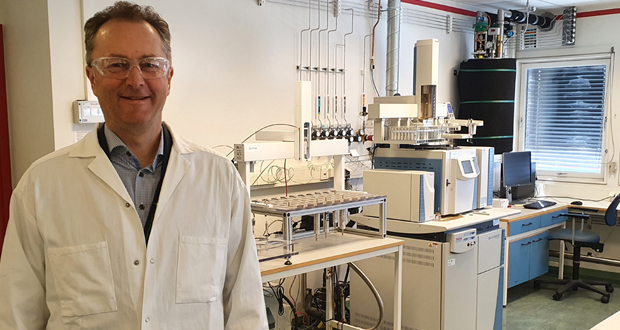Equinor, APT launch R&D project to cut downhole sampling, logging costs

Equinor and Applied Petroleum Technology (APT) announced they will collaborate on an R&D project that aims to replace costly downhole sampling and logging with more cost-efficient solutions.
The project involves development and testing of analytical instrumentation, execution and verification of experimental technologies and tool deployment and optimization. This workflow will allow APT and Equinor to answer fundamental questions related to whether the reservoir phase is oil or gas, the quality of the petroleum in the reservoir and how it varies, and which zone or zones are contributing to production.
The aim is to develop a methodology that allows engineers to deploy geochemical techniques to enhance understanding of hydrocarbon reservoirs using proxies that are less costly and easier to obtain than the downhole samples that have historically been used for exploration, EOR and IOR work.
“How can we extract more relevant information that helps operators find and produce more oil and gas despite having access to fewer data sources? This is the challenge we aim to solve together with Equinor,” said APT CEO Helge Nyrønning.
The oil and gas industry’s drive to reduce costs has resulted in continued pressure to examine the cost efficiency of data acquisition programs. This pressure creates a need for methodologies that more effectively provide insight into the character of petroleum fluids in the absence of downhole samples.
“Equinor’s ambition is to reduce its group-wide emissions by 50% by 2030, and we aim to realize 90% of this ambition by absolute reductions. Extracting more data from current sources without having to execute more downhole operations could be one way of reducing both emission levels and operating costs,” said Vibeke Haugen, Technology Manager at Equinor.




